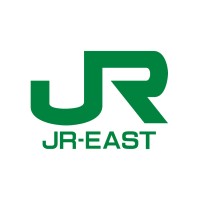
East Japan Railway Company
With the Tokyo metropolitan area as its main service area, JR East is the largest railway company in Japan. Its railway network boasts 7,418.7 service kilometers, includes intercity and regional transport, and has a daily passenger usage of around 16 million. JR East provides high-speed transport to local cities via its Shinkansen network, which connects Tokyo with regional cities in five directions. JR East hopes to contribute to the growth and prosperity of the East Japan area by providing quality leading-edge services, with train station and railway businesses at its core, to customers and communities. JR East will continue to embrace the challenge of securing safe and stable transport and enhancing customer satisfaction. Through technological innovation and globalization, JR East will strive to attain goals such as nurturing personnel with an expansive perspective, spurring the advancement of railways, and making line-side areas more attractive and convenient. To this end, JR East will continue to rigorously pursue its unlimited potential.






